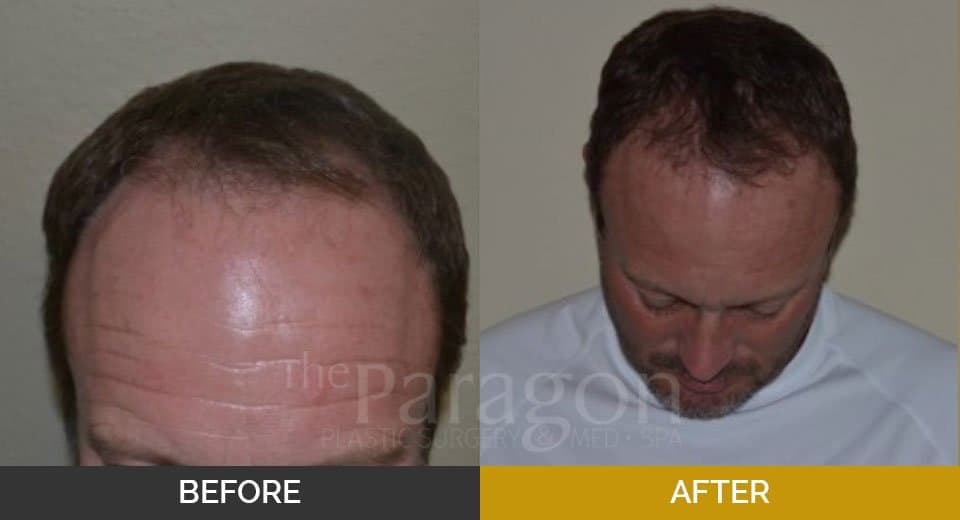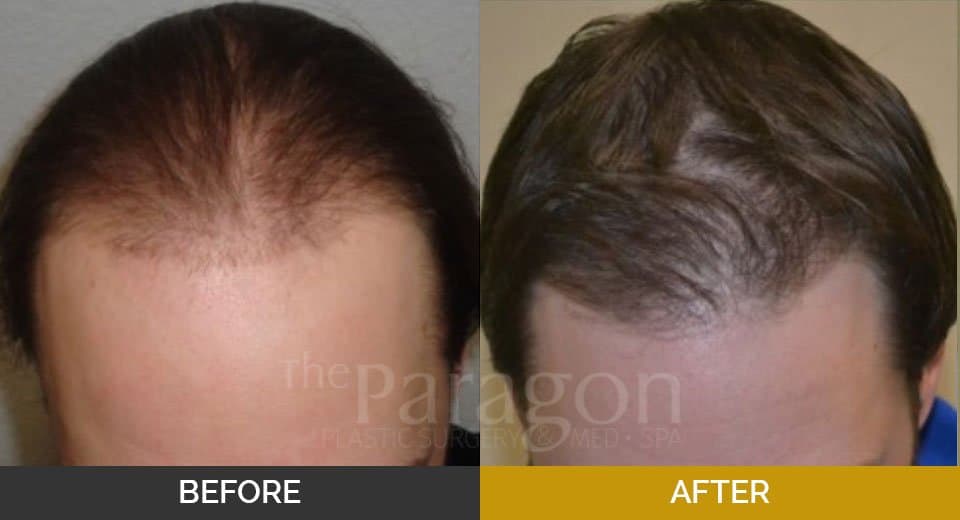What causes Male Pattern Baldness (MPB)?
In the overwhelming majority of males with hair loss, the cause is Male Pattern Baldness (MPB), which is genetically inherited from either side of the family and begins to develop after puberty. MPB occurs when a man is genetically susceptible to the presence of the hormone dihydrotestosterone (DHT). Hair on the scalp that is affected by DHT (the hairline, crown and top of the scalp) starts to shrink in its shaft diameter and potential length, until it eventually disappears—a process known as hair miniaturization. The hair on the back and sides of the scalp is not affected by DHT and therefore is “permanent” hair, and is not subject to male pattern baldness. For the very latest technology in hair restoration, Dr. Mark Bishara is now using the ARTAS System. This interactive, computer assisted equipment employs image guidance to enhance the quality of hair follicle harvesting.
The ARTAS® Robotic System
The ARTAS® Robotic System safely and effectively extracts hair for transplantation. With over 8 years of research and development, the ARTAS Robotic System delivers outstanding hair restoration results in an outpatient procedure. Rigorously tested, cleared by the FDA and other international regulatory bodies, the ARTAS Robotic System achieves outstanding results for hair restoration physicians.
 Each follicular unit is digitally tracked.
Each follicular unit is digitally tracked.
Dr. Bishara uses advanced digital imagery to map and analyze the hair in its natural groupings on the scalp. These natural groupings of hair are called follicular units. The ARTAS Robotic System’s precision robotics allow for the precise extraction of intact follicular units for transplantation. Follicular units are removed in a random fashion, within the existing hair, so those areas of the scalp maintain their natural appearance. The ARTAS Robotic System continuously monitors for any movement of the patient’s head, and dynamically adjusts accordingly.
How does The ARTAS® Robotic Procedure Work?
The transplanted hair grows in gradually over time. Over a period of 3-4 months, you should start to see new permanent hair. At six months, most patients notice steady growth and increasing fullness. Most patients experience complete results in about a year. This new, permanent hair can be styled and cut normally, so you can experience the confidence of fuller hair.
Some of the ARTAS Robotic System’s advanced features:
- Precision robotics: for precise and accurate movement
- Image guidance: stereo digital imagery guides all movement
- Digital visualization: tracks each follicular unit in 3-D space
- Visual servoing: dynamically adjusts to patient movement
- Selective harvest pattern: to maintain the look of the donor area













